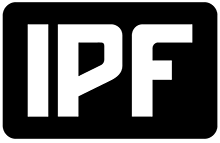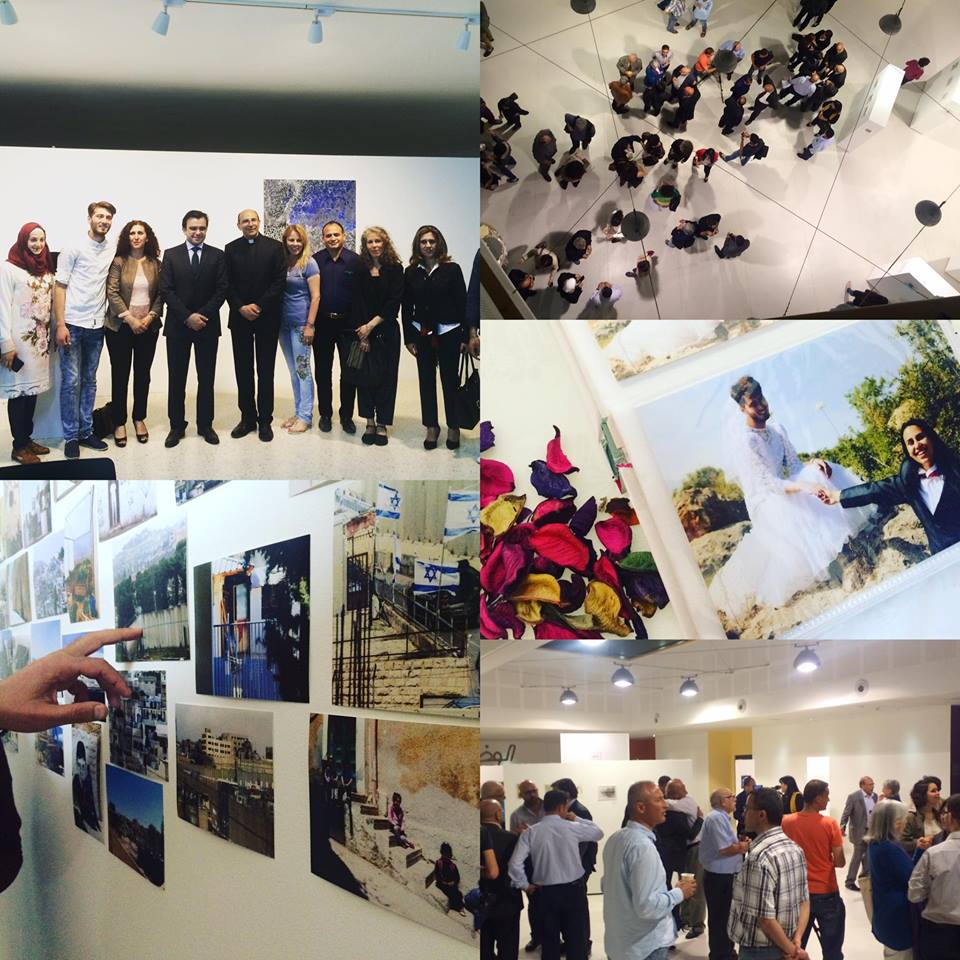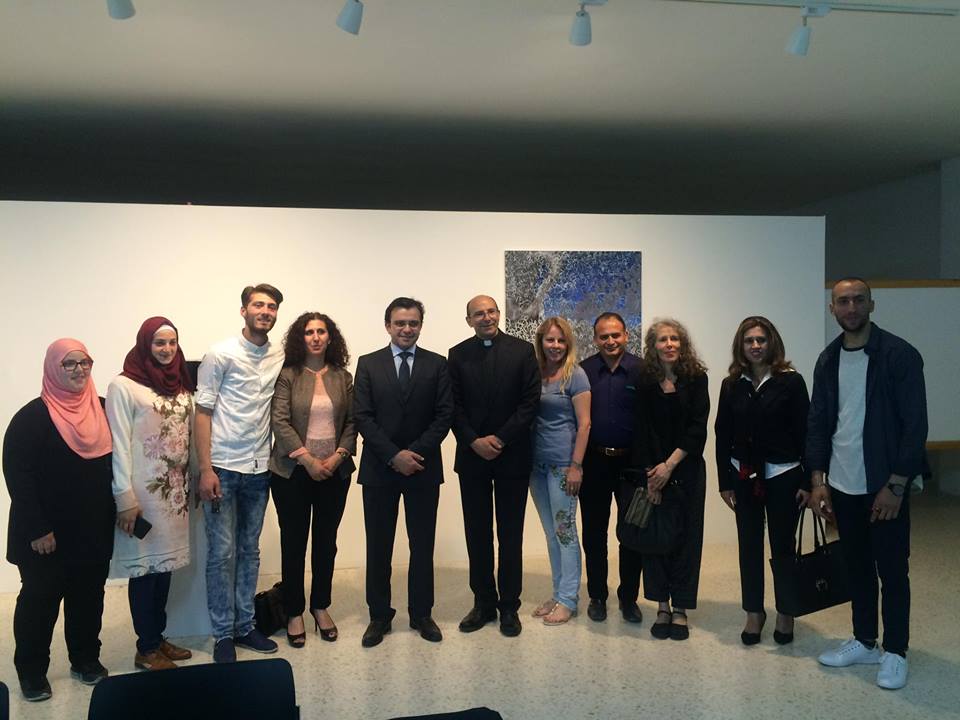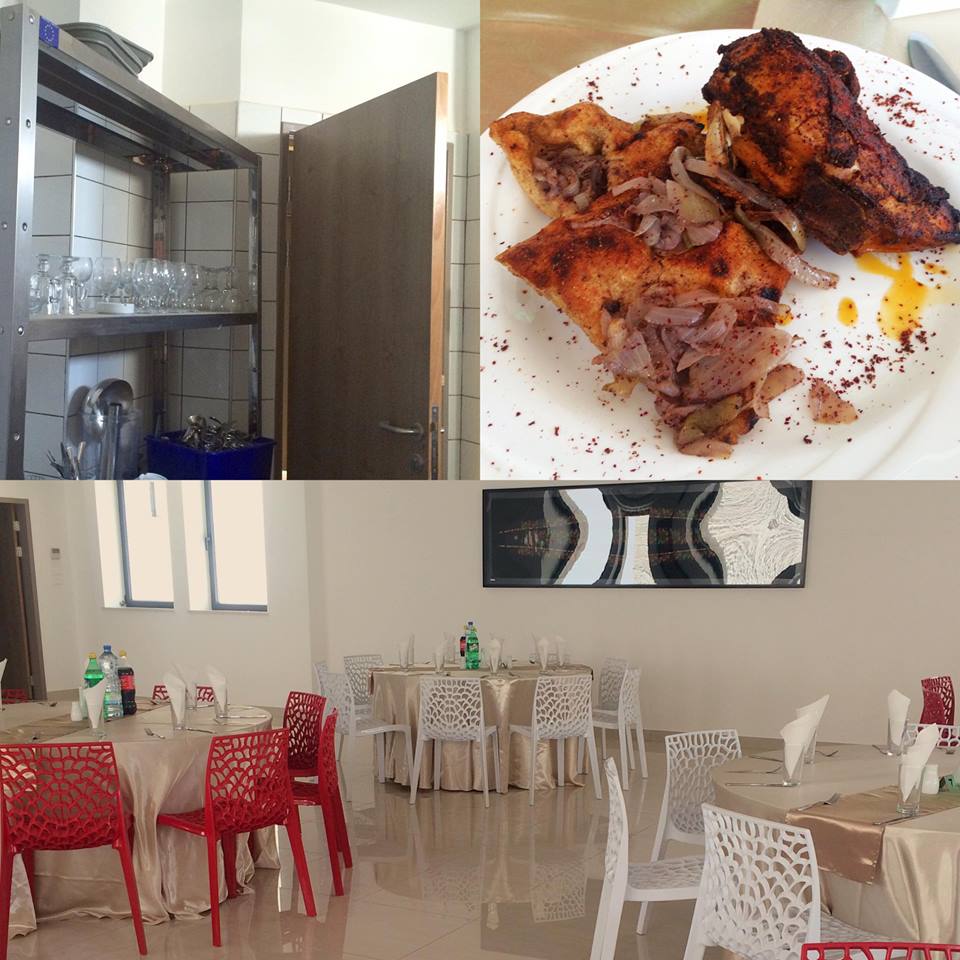“Art is a sacred space where people learn how to breathe freely in a context where the fresh air seems to be almost already used up.”
– Mitri Raheb, President of Dar Al-Kalima
Between 12 and 15 May, works of interdisciplinary scholars, artists and critics from more than 12 countries and 30 higher education institutions were presented and discussed at the Arts and Resistance Conference in Bethlehem, Palestine.
Some may wonder what power can be found in art against the armed occupation of Palestine. In a place with concrete separation walls towering over roads and checkpoints surrounding every direction with armed soldiers at guard, wouldn’t art be considered a luxury? Participants of the conference would disagree, in fact arguing that art can be a tool for resistance in contexts of conflict. Researcher Cynthia Bodenhorst said:
“The voices that are significant are those that remain largely inaudible or silenced and struggle for a space of appearance: the unemployed, the homeless, those forced into migration; those criminalised for civil protest; those forced to live under war and occupation.”
Using art to have their voices heard
Art offers a place for this voice to be heard. This alone makes it a necessity. And for delegates who have travelled around the world, using art in their own struggles and pursuits for justice is further evidence of it usefulness as a tool of resistance.
In Palestine, art also offers ownership in a place where so much has been taken. It offers a place for talent to thrive in spite of limitations. It offers reminders of an important aspect of history that many do not want to forget. Art binds people. This conference brought together artists, academics and activists from: Canada, the United States, United Kingdom, Ecuador, Lebanon, Netherlands and more.
Dr Ihab Bseiso, Palestine’s Minister for Cultural Affairs, supported the event saying:
“We want to show the world that we’re not who they say we are. We have music, literature, theatre and in Gaza as we speak, there is a film festival is taking place.”
Palestinian filmmaker Annemarie Jacir spoke of the day a lecturer once told her that her family history, which she’d written in an essay at school, was not true. He told her: “You have been lied to. It’s not your fault but you come from a culture that lies.”
This is the moment Annemarie learnt what it meant to have her voice silenced. It was the moment she found her role and responsibility in storytelling. Filmmaking became her art of choice.
Many like Annemarie feel their histories are being erased. Earlier this year, Anat Burko, a lawmaker within the Likud party of Israel, inferred that there could be no such a place as Palestine because there is no “P” in Arabic. Art becomes an important tool in resisting such statements, and affirming historical events.
Combining art, history and politics
On 15 May the conference honoured “Yawm al-Nakba” (Day of Catastrophe), the day when more than 700,000 Palestinians were expelled or forced out of their villages in 1948. Students collaborated with artist Gita Hashemi to perform “On the Land” – a walk from Beit Jala to Battir, to show the power of “performance resistance” – “because even to walk on these lands is resistance”.
Engagement from politicians on art is important too. On the 4th floor was a studio with an exhibition of students’ artwork. The Minister of Cultural Affairs for Palestine and artists spent time there observing and speaking with students. Student Balqees Othman said that it was the first time he had met met the Minister and that he appreciated the way he had taken the time to look at their artwork and participate.
“It feels great to be able to share our artworks with the world so the world will be a part of our real struggle.”
The conference lunches were served by students studying for a Culinary Arts diploma. One dish was called “Musakhann” which, translated from Arabic, means “heated”. It is a dish from North Palestine consisting of chicken baked with spices and onions served over taboon bread.
The cuisine fitted in with a presentation from Ron Benner on the ecology and political economy of plants, food and agriculture. He explained that where there is occupation, there is also occupation of the ownership and history of food. It is therefore significant to know where food and recipes come from.
Reflecting on the conference, independent critic Anna Khimasia said: “It reaffirms for me the importance that art and politics must not become severed from life and are intimately intertwined. The generosity and the commitment to engaging with ideas around art and resistance shown by Dar Al-Kalima University is extraordinary and I hope that the university, its amazing faculty and staff continue this discussion.”
Arts can be delivered through many forms: theatre, dance, food, paintings, performance, drawings, music and instillations. Each is unique and has the ability to connect with others on a multitude of levels.
In parts of the world where occupation exists and connections are severed, art acts as a strong bridge supporting all who choose to walk along it. Those who do will find themselves listening to unheard voices, exploring emotions and discovering rich histories along the way.




